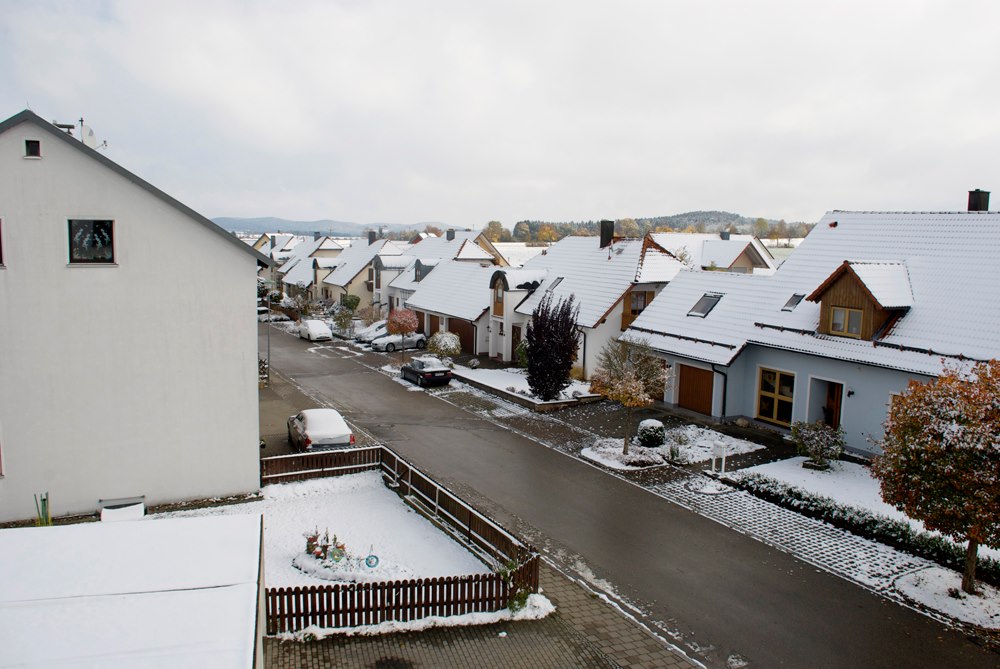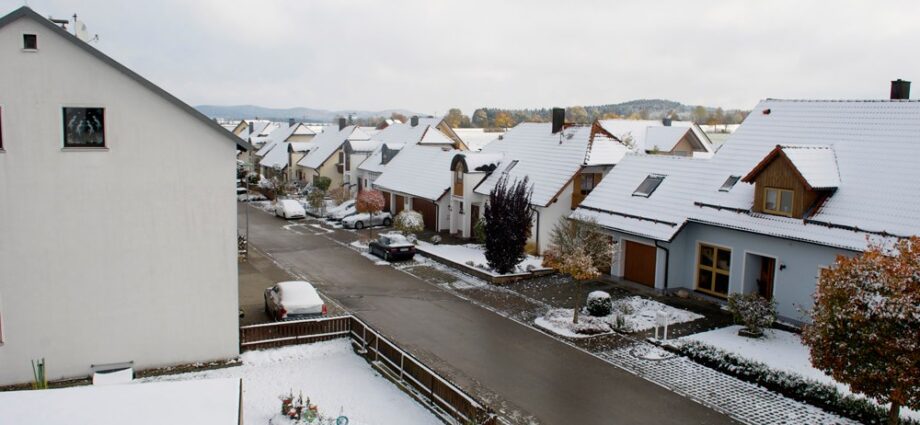RURAL CONTEXT: TRANSIT INCLUSION & EXCLUSION
The photo below shows the view from our window about 11 years ago in the Bavarian village of Seubersdorf.
I reflect on this as I can’t wait to get more involved with some rural and suburban contexts where car dependence is unquestioned, as no other options exist.
We experienced a true transit best practice while living in this rural Bavarian village as there was a train station in the village. I was able to walk to the train station in 5 minutes and be in the nearby urban centers of Regensburg and Nuremberg in less than an hour.
My husband’s route to work was completely car-dependent, and we had two cars, so I had regular access to one as well. However, whenever possible, I opted to commute by train. I often had photo gigs in the city. It was so liberating and practical to be able to commute on the train from the countryside to a busy urban center and back again with ease.
I knew people in nearby rural villages with no train station who had one-car households and issues (sometimes severe) accommodating both partners or all family members. Everything revolved around the car.
My current research is focused on a city where a dynamic public transportation system exists, and it is also possible to walk many urban blocks, but people still often opt to drive their car.
For me it’s an interesting challenge to figure out how to inspire modal choice for those who already have access to other modes but aren’t making the shift. Examining the suburban and more rural contexts brings another set of challenges.
Have you experienced living in suburbs or rural areas that either had a transit best practice – or, none at all?
-Annika


